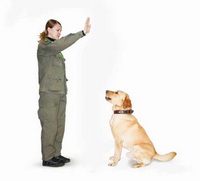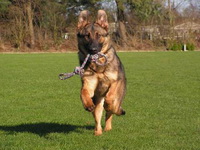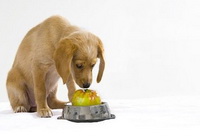tanya
Team Voice
 With a young dog, you can work out the command “Voice!”. This skill is very useful when working out methods of security training (for example, when a stranger is detected in a room or shelter or as a warning signal). Practicing exercises produce as long as the dog will not give voice in a variety of situations.
With a young dog, you can work out the command “Voice!”. This skill is very useful when working out methods of security training (for example, when a stranger is detected in a room or shelter or as a warning signal). Practicing exercises produce as long as the dog will not give voice in a variety of situations.
Representatives of more temperamental breeds who are accustomed to accompanying their actions with barking (for example, German, Scottish and Belgian shepherds, Dobermans, Airedale terriers, etc.), undoubtedly, are easier to train this team than “silent” (such as rottweilers and mastiffs). Continue reading
Team Stand
 Performing the “Stand!” Command is necessary when the dog participates in competitions and exhibitions, and also practices during grooming, putting on special “ammunition” and veterinary examination.
Performing the “Stand!” Command is necessary when the dog participates in competitions and exhibitions, and also practices during grooming, putting on special “ammunition” and veterinary examination.
The first way. Use two leashes, one of which is fastened to the jerk chain around the dog’s neck, and the other is belted by the dog’s “waist” in front of the hind limbs. Give the command “Near!” And walk along with the dog a few steps. Continue reading
Sit Team
 Usually the “Sit!” Team learns one of the first and becomes a small victory for a two-month-old puppy (see “Primary education of a puppy”). With the use of treats, you can work out the skill and the grown-up pet. However, the algorithm of the exercise should be more stringent. The dog is on a short leash, which the trainer holds in his left hand 20-25 cm from the collar. Continue reading
Usually the “Sit!” Team learns one of the first and becomes a small victory for a two-month-old puppy (see “Primary education of a puppy”). With the use of treats, you can work out the skill and the grown-up pet. However, the algorithm of the exercise should be more stringent. The dog is on a short leash, which the trainer holds in his left hand 20-25 cm from the collar. Continue reading



